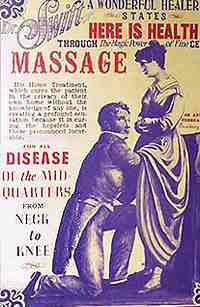I decided that I had been neglecting Beeton's recipes, and resolved to make a delicious breakfast dish. But the book is pretty light on breakfast items, so I was wondering about baking a trout souffle until I saw the omelet recipes. Nestled in the dessert section. In fact, most of the omelets contained a fair amount of sugar and jam. I am an American and I eat my omelets savoury! Finally I settled on a recipe called the Bachelor's Omelet. I assume it is for bachelors because it doesn't require the standard six eggs that the other ones do; it also has a lot of milk as a filler so I suppose it is cheaper to make.
Here is the recipe:
1462. INGREDIENTS - 2 or 3 eggs, 2 oz. of butter, 1 teaspoonful of flour, 1/2 teacupful of milk.
Mode.—Make a thin cream of the flour and milk; then beat up the eggs, mix all together, and add a pinch of salt and a few grains of cayenne. Melt the butter in a small frying-pan, and, when very hot, pour in the batter. Let the pan remain for a few minutes over a clear fire; then sprinkle upon the omelet some chopped herbs and a few shreds of onion; double the omelet dexterously, and shake it out of the pan on to a hot dish. A simple sweet omelet can be made by the same process, substituting sugar or preserve for the chopped herbs.
Time.—2 minutes.
Average cost, 6d.
Sufficient for 2 persons.
I like how it's a bachelor's omelet but she says it's sufficient for two persons. I picture some consummately single young man reading these instructions and shedding a tear. "I wish I had another persons to share this with."
I have never before made cream in my life. I mixed the milk and flour and stirred for ages; when I tasted the result, it was...floury milk. Hmm. Maybe it would work out in the cooking process.
Only eggs from foraging hens are acceptable.
When I added the eggs and 'beat them up,' it ended up looking like this:
You may notice the yellow swirls. This is butter. You see, I misinterpreted the directions and when it said "pour in the batter," I poured the butter in the batter rather than the batter in the pan. I just assumed it was part of Mrs. Beeton's crazy Victorian butter fetish. Instead, I got something that looked and smelled like it belonged on my popcorn at the movie theatre.
Caution, the following pictures are graphic:
Attractive, isn't it? I guess an omelet full of butter and fake cream doesn't flip too well. It looked like something that I cleaned out of the bottom of the sink. With the addition of those onions and some Tabasco sauce, it ended up being edible though still too sweet for my liking.
I would say Mrs. Beeton won this round, but I effectively smothered her in habanero sauce, so we can consider it a draw.















